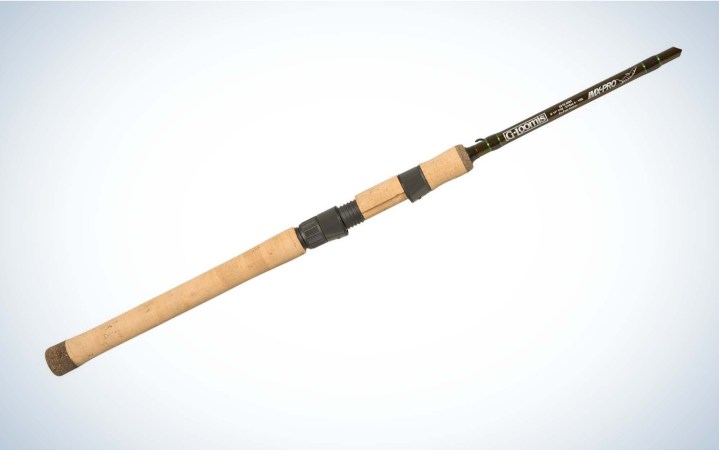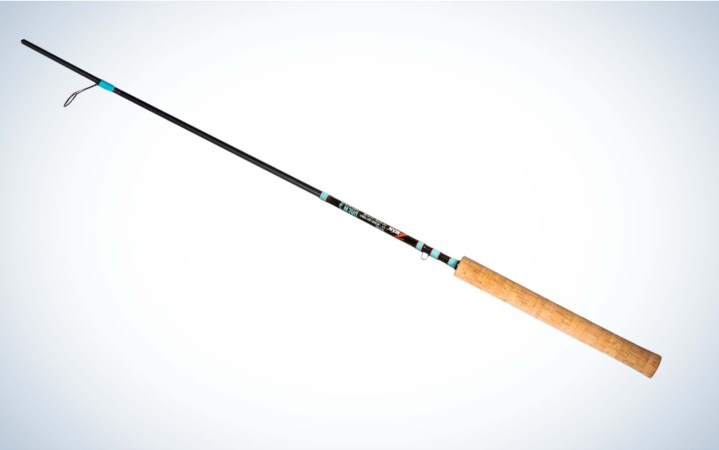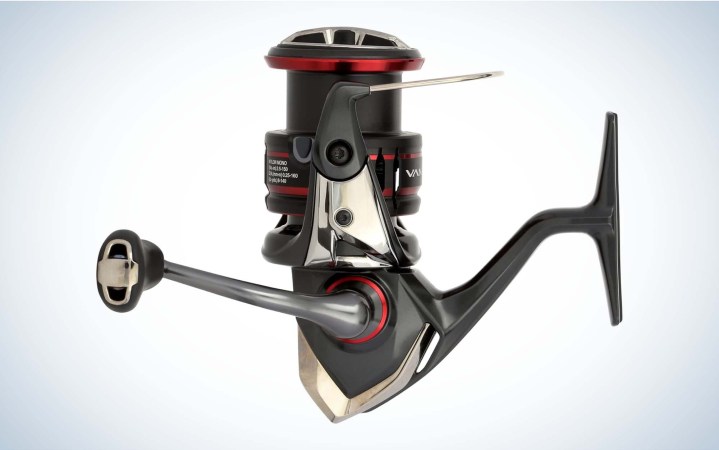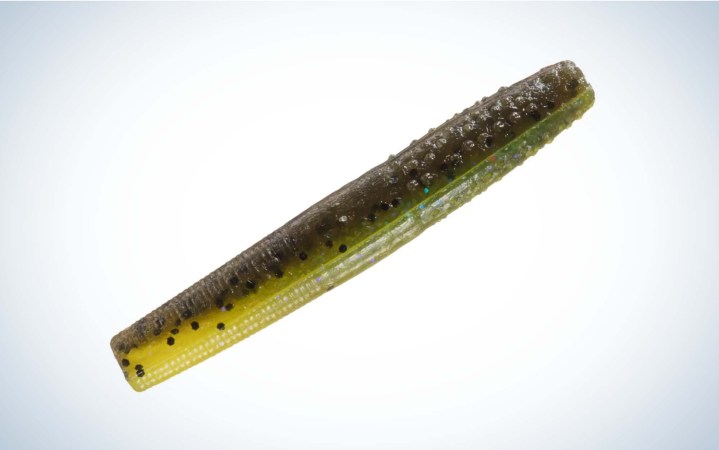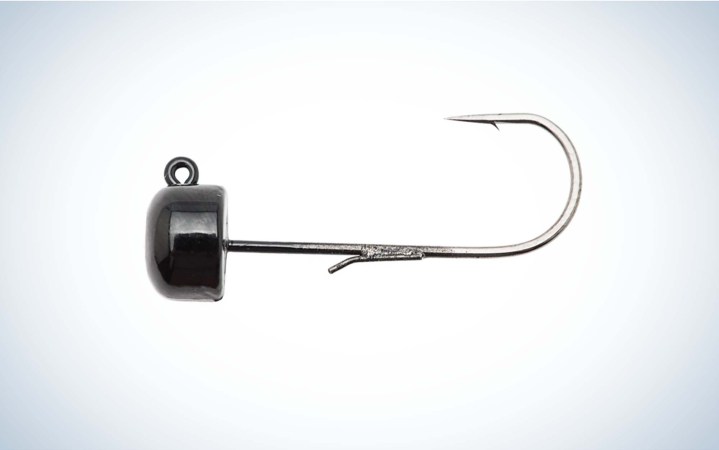Finesse techniques catch when aggressive moving baits fail to get bites, especially if you’ve created a secret rig that the fish haven’t seen before. But great techniques rarely stay a secret.
That’s exactly what happened to Ned Kehde, who invented the Ned rig in 2006. Kehde was more interested in catching numbers of bass rather than a couple of big bass throughout the day. He found the easiest technique to get more bites was to fish a jig head tipped with a small piece of plastic. Even when fishing conditions aren’t optimal, this small bait still gets bites from largemouth, smallmouth, and spotted bass. It can even lead to plenty of accidental bycatch.
No matter where you fish in the country, a Ned rig will catch fish. Here’s everything you need to know about fishing a Ned rig.
Topics Covered
The Ned Rig
The standard Ned rig is a mushroom jig head paired with a 3-inch stick bait. While you can thread practically any soft plastic lure onto the jig head, there’s something special about this simple rig’s action — or lack thereof. If you want to expand your horizon’s beyond the classic stick bait, bait companies offer specially designed baits that range from craws to creature baits.
How to Rig a Ned Rig

A deep dive on the Ned rig from my friend TylersReelFishing.
A Ned rig should take no more than a minute to be ready to fish, it’s quick and simple. Here is a step-by-step guide.
Step 1: Depending on the depth you’re fishing and the rate of fall you’re after, select the weight of your jig head accordingly. Typically, anglers reach for jig heads ranging from 1/8-ounce to ¼-ounce.
Step 2: Take your small soft plastic stick bait and thread it onto the hook until the hook is about ⅓ of the way into the lure. Pop the hook out of the side and slide the rigged portion up the hook to the jig head. It should sit flush against the jig head, and the soft plastic should be in line with the shank of the hook. Basically, make sure it’s straight.
Step 3: Using a Palomar knot, tie on the Ned rig.
What Makes the Ned Rig Effective for Bass, Walleye, and Other Species?
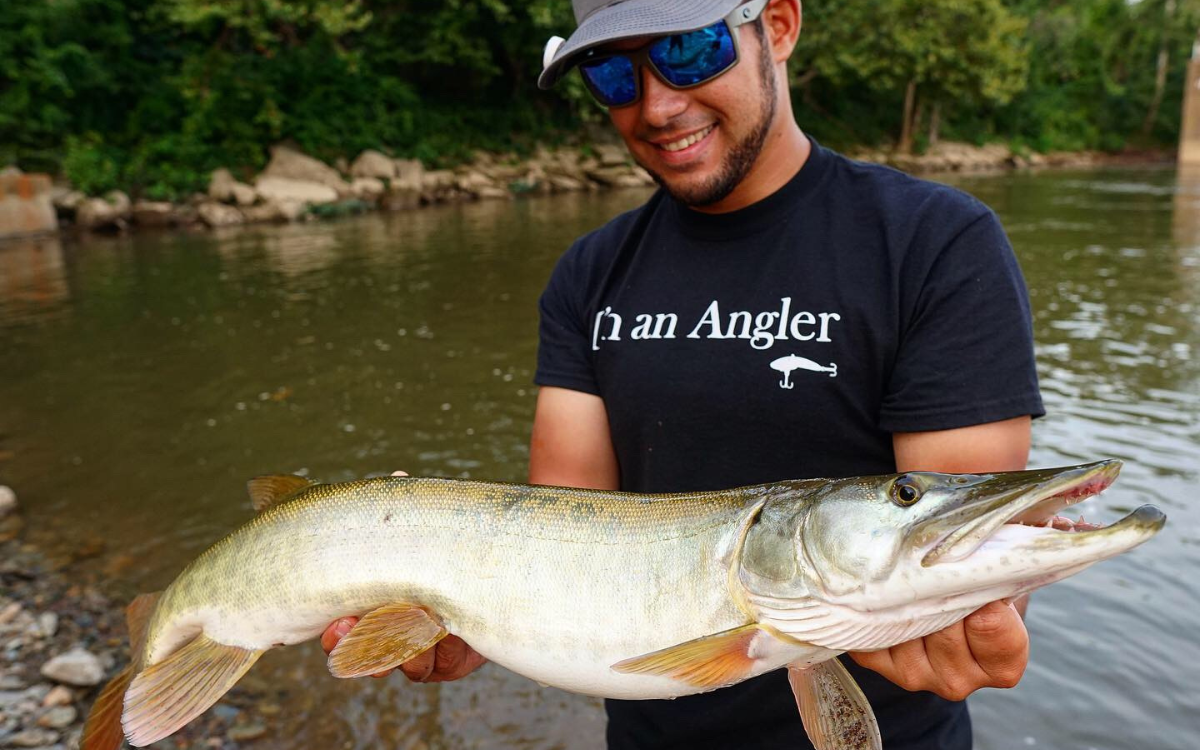
The Ned rig is undoubtedly effective, but what makes it effective is more of a theory than science. Underwater, this rig looks entirely uninspiring. It barely has any action, enough so that some bass anglers have aptly named it, “The Turd.” Frankly, the jig head and bait just hop along the bottom, not accurately imitating a specific forage that bass love to hone in on.
So why on earth does it work?
There are two main schools of thought. First, and my favorite, is that this rig resembles a crawfish that lost its claws, making it a much easier prey for a hungry bass. Since you can slowly hop it or drag it along the bottom, imitating a crawfish fleeing, this theory makes the most sense to me. I also seem to get most of my Ned rig bites near rock piles or along rocky bottoms, furthering my belief.
The other angle, however, is that the Ned may be perceived as a dying baitfish. Whether bass think it’s a threadfin shad or a gizzard shad doesn’t seem to matter, but if you try to picture a shad on the last leg of its life, slowly sinking to the bottom and then fluttering up a few inches before falling back down, it’s a logical theory.
In the end, it really doesn’t matter which of the two theories you buy into because you’ll be fishing the Ned rig with a similar cadence. And even if the bass don’t see it as either of the two options above, the fact of the matter is, the Ned rig still flat out catches them.
When to Throw a Ned Rig

Selecting the right time to fish a Ned rig is as easy as it gets. Practically any time of year, the Ned rig will get you bites. But if you’re looking for an unforgettable day where you can’t keep the bass off of your line, I’d recommend throwing it in the spring.
Whether the bass are in their pre-spawn or post-spawn phase, the Ned rig is a proven winner in semi-shallow environments. My personal favorites are rock piles, but I’ve also had incredible success using the Ned rig in and around young, emergent grass like hydrilla or milfoil. These are the spots where the Ned rig truly shines, boosting your confidence in its effectiveness.
In the spring, the prey bass tends to target can usually be found in 8 to 12 feet of water, congregating the bass on what most anglers call the ‘first drop-off.’ It also helps that bass typically spawn in shallow water, so the first drop-off creates the perfect staging ground as they wait for the conditions to be perfect before heading shallower to make their beds. This puts a large percentage of the bass population right where you want them, and they’re primed and ready for your Ned rig to hit the bottom.
If, for whatever reason, you’re unable to make it out before the spawn, don’t fret. The early-post spawn has very similar patterns. As the bass push back out of the shallows when they’ve finished spawning, they’ll yet again stage on the first drop-off to recover and feed after a busy week on the bed. As the baitfish and crawfish work through the cover found along the first drop-off, plenty of bass are usually waiting in ambush. Your Ned rig will be treated similarly.
How to Fish a Ned Rig
As I’ve mentioned, most anglers find success dragging or softly jigging the Ned rig along the bottom. On rare occasions, I’ve found success trying to work the bait quickly with little bottom contact. But in those cases, I probably would have been better served throwing a moving bait like a chatterbait to target the more aggressive fish. Regardless of how you want to fish the bait, as with other finesse tactics, patience and a light drag are key.
Choosing a Ned Rig Setup
When selecting the right rod for your Ned rig you’re in luck because most of the best spinning rods will do the trick. If you have a favorite spinning rod for fishing light Texas rigs or weightless worms, then you probably don’t need to go shopping. But, as with most popular bass fishing techniques, there are technique-specific rods you can purchase.
Ned Rig Rods
A favorite of mine is the G. Loomis IMX Pro Ned Rig spinning rod. It’s a longer rod at 7 feet 4 inches, which allows for farther casts, but it also offers an extra fast tip, which is important when feeling the bite and fighting the bass back to the boat.
If you’re looking for a Ned rig specific rod that’s more affordable, the Z-Man Drew’s Ultimate Ned Rig Spinning Rod is a newer offering that’s seen a lot of success in the kayak bass fishing world. These rods are offered in shorter lengths than I prefer, but they make the perfect rod for fishing a Ned rig from your kayak.
Spinning Reel
Similarly to the rod you choose, your reel can be just about any of the best spinning reels you have in your arsenal. But, if you’re in the market for a technique-specific reel for the Ned rig, I would recommend going with a lightweight spinning reel that is smooth and offers a good drag. For me, the Shimano Vanford 2500HG is the perfect choice.
Baits
The Ned rig has become so wildly popular that you could fill what seems like a mile of store shelves with all of the different offerings. But, I’d be remiss not to mention the Z-Man Finesse TRD, as Z-Man is widely credited with making the Ned rig a household name. Another option that I’ve had a lot of success with is the Roboworm Ned Worm in green pumpkin perch. If you’re looking to expand beyond the stick bait realm, it’s hard to beat the Z-Man TRD CrawZ.
Jig Head
The jig head you choose for the Ned rig is an important piece to the puzzle. I prefer heavy-duty hooks on my jig heads to avoid bends in the shank after a long day on the water. I tip my cap again to the team over at Z-Man for their Pro ShroomZ. I’ve fished these jig heads on my Ned rigs for years now, and I’ve rarely encountered an issue. The integrated bait keeper also does a great job at keeping your soft plastic on the hook when a bass just bites the tail.
If you’re looking for a weedless ned rig option, the NedlockZ EWG is a great option for thick cover.
Line
The last piece of gear you’ll need for a Ned rig is the line on your reel. Avid bass anglers often fish spinning reels with a braid-to-fluorocarbon leader. I like to go with 10-pound Daiwa J-Braid for my braided line. As for the fluorocarbon leader, I lean on 8-pound Sunline FC.
Final Thoughts and Tips on How to Fish a Ned Rig
Even though the Ned rig might come across as some unassuming and unimpressive looking bait, it has proven time and time again to be a bass magnet. No matter how you fish it or what you think it imitates, leaving it at home on your spring bass fishing trip would surely be a mistake.
The Ned rig has a reputation for catching a pile of bass, but it can also trick some of the largest bass in the lake if you catch them in the right mood. Tack on the fact that you can also catch panfish, muskie, pike, and walleye on it, and you’ll soon realize just how effective the Ned rig is. The next time you’re struggling to get a bite, do yourself a favor and rig up “The Turd.”

